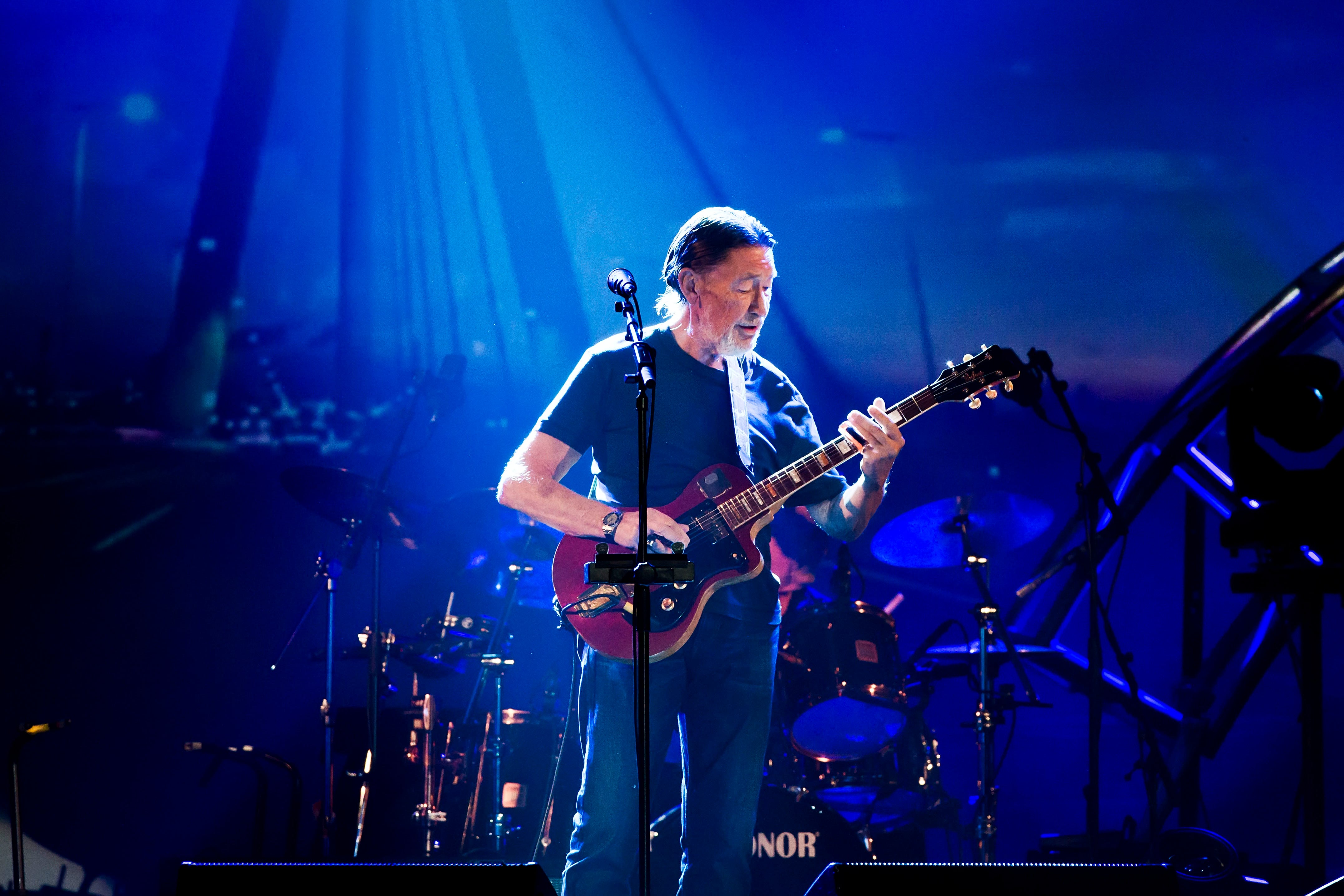Taoiseach Micheál Martin has criticised how Northern Ireland is portrayed in the Republic’s media.
Mr Martin said news organisations in Dublin appeared to be interested in the North only “when there is a crisis to be covered”.
The basic work of covering day-to-day issues was not done and the most extreme voices were amplified, “missing those in the middle and missing the greater diversity of the society”.
In a speech delivered at the annual Seán Lemass commemoration in Deansgrange cemetery in Dublin, Mr Martin issued a strong rebuke to those seeking a united Ireland without seeking to accommodate those who are opposed to it.
READ MORE
The “historic opportunity” of the Belfast Agreement to foster cross-Border understanding has not been availed of, and too little had been done to find out what are the similarities and differences between North and South, he suggested.
Mr Martin said that “too often allowed [is] the rhetoric of the headcount to replace the true republican spirit of engagement. The decision by Sinn Féin and the DUP to sideline and disband the Civic Forum has undermined non-partisan voices”.
There is a “rising tendency to dismiss and abuse those who are seen not to be conforming to a particular approach to how to achieve unity,” the Taoiseach added.
“It is remarkable how often it is that those who are loudest in calling for national unity . . . are the most divisive in how they treat people who don’t agree with their particular priorities. They have a remarkable range of slurs ready to throw at those who won’t just be quiet and do what they demand.”
Mr Martin has been criticised for not convening a citizens’ assembly on Irish unity. He pointed to a recent piece of piece of research by the UCD Centre for British-Irish Studies that looked at a small-scale citizen’s assembly-type engagement with people.
“The most striking thing they found was how many seemed to believe that unity involved keeping everything you value and it required few, if any, sacrifices like new symbols or taxes,” Mr Martin said.
He described Mr Lemass, who was taoiseach from 1959 to 1966, as “one of the great figures of our history. He put in place the foundations and then helped to build a modern, successful, European democracy. In revolutionary and peaceful times alike he was to be found at the heart of progress.
“In many countries the grave of such a figure such as Seán Lemass would be marked with some grand memorial and state ceremonies. Yet the reason why he lies here in a modest grave near his place of birth is very simple — it was his choice,” the Taoiseach said.
The idea there was division between Éamon de Valera and Seán Lemass is “completely false”, Mr Martin said. “They shared a deep respect for each other, and the younger man saw his leader as the essential figure without whom Irish sovereignty and our status in the world would have been impossible.
“Dev, in turn, saw Lemass as the obvious leader to succeed him and entrusted him with many of the most difficult challenges in the decades before,” Mr Martin said.
“Ending partition by violence was “never a serious military option” and therefore there were no credible options to overcome it. In this spirit Mr Lemass initiated the historic outreach with Northern Ireland in 1965 and moved to remove customs on the island.
“There was nothing Lemass disliked more than displays of republican ideological purity by those who could not understand that nothing would be achieved by endlessly repeating the same points and the same tactics,” Mr Martin said.
“As early as the late 1920s he and De Valera talked about finding a federal solution. By the late 1940s they had both become exasperated by those who kept demanding unity but who had no credible strategy for achieving it.”












